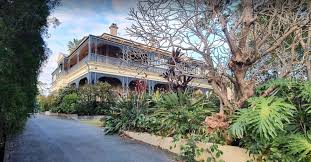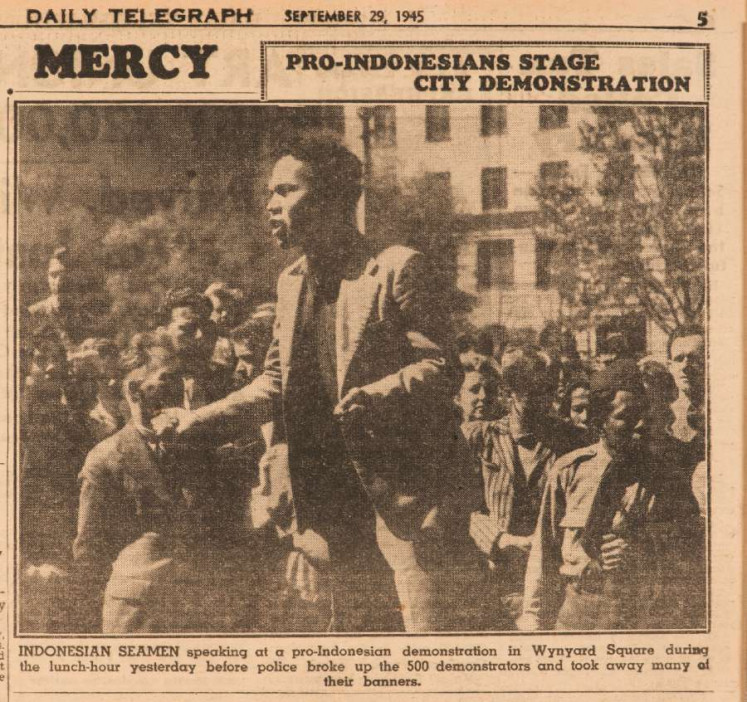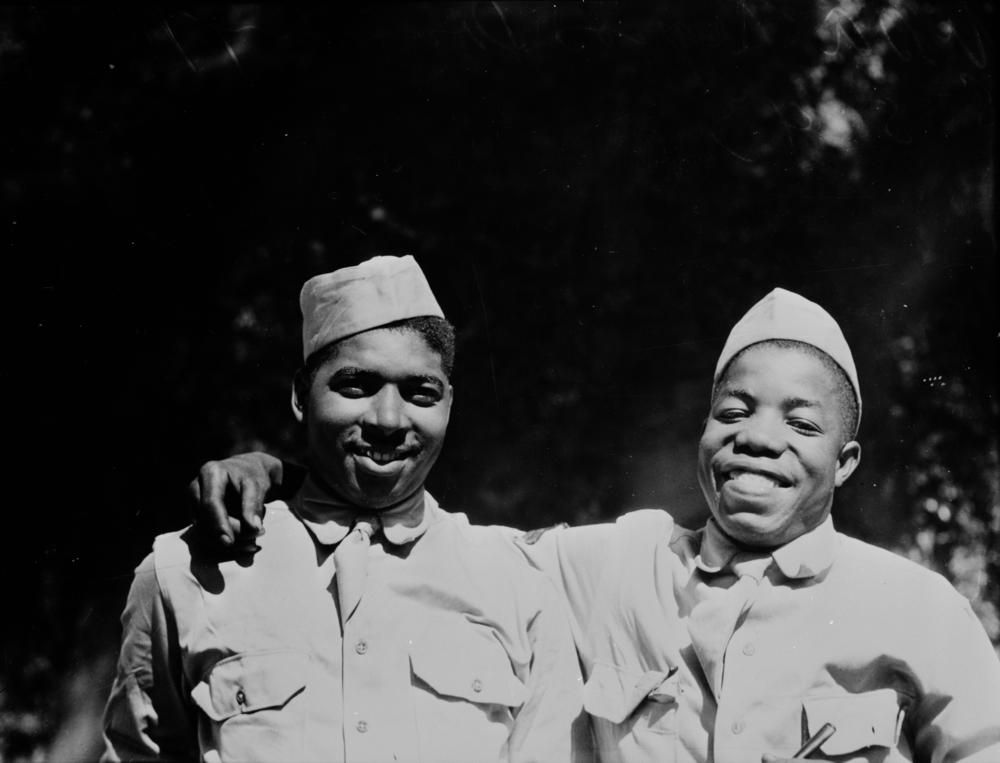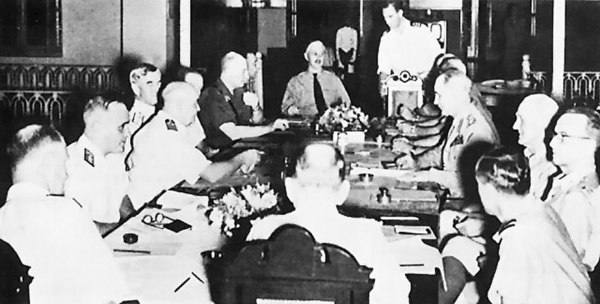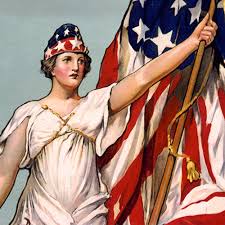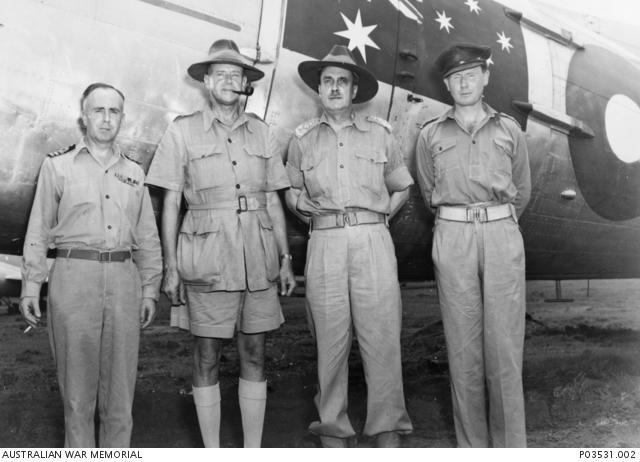WWII – Queensland Schools Closed
The 1942 Japanese air raids on Townsville alarmed the whole eastern coast of Queensland. Schools were closed down or a time, and for some it meant a very wonderful time. “We ran wild” say some. Thousands of students from many State Schools as well as exclusive private secondary school were moved to scattered dormitories and […]
WWII – Queensland Schools Closed Read More »



